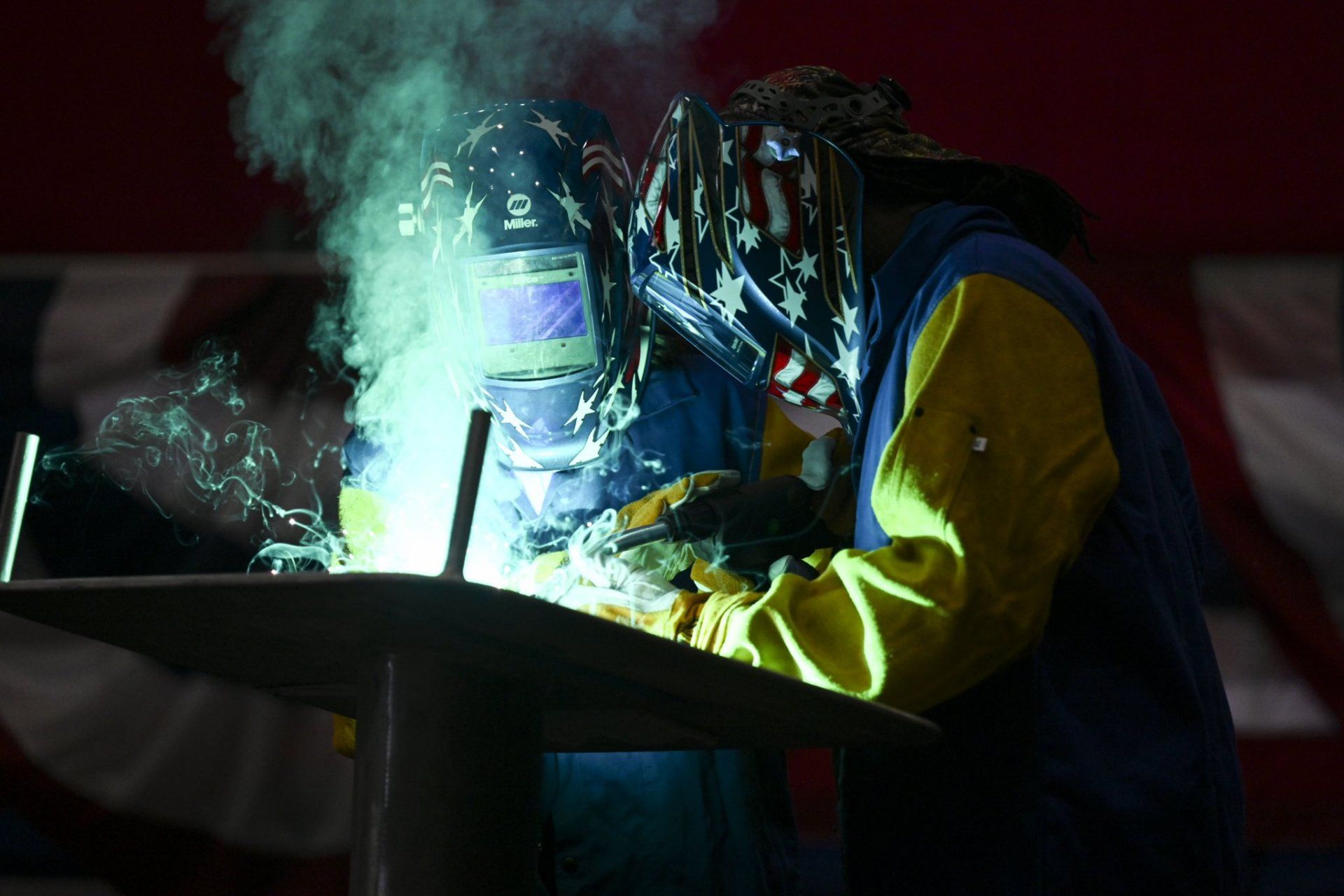Breaking News
USNS Lansing EPF 16 keel laid at Austal Shipyard with SECNAV Del Toro.
According to information published by the US DoD on Septebmer 6, 2024, U.S. Secretary of the Navy Carlos Del Toro attended the keel laying ceremony for the USNS Lansing (EPF 16) at Austal USA's shipyard in Mobile, Alabama.
Follow Army Recognition on Google News at this link

Keel-laying ceremony for the USNS Lansing. (Picture source: Dvids)
The EPF class provides the U.S. Navy, Marine Corps, and Army with high-speed, shallow-draft vessels designed to quickly transport personnel, supplies, and equipment within a theater of operations. The Lansing will be crewed by both Military Sealift Command civilian mariners and embarked military personnel. Their combined expertise will ensure the vessel can deliver critical resources and services in various operational scenarios.
EPF Flight II
Flight II ships differ from their predecessors through their expanded medical facilities. While the earlier EPF variants were mainly focused on transporting personnel, equipment, and vehicles across theaters of operation, the Flight II vessels incorporate a Role 2E capability. This medical suite includes two operating rooms, a dedicated pharmacy, a laboratory, and an ICU. These features enable the ships to perform critical medical interventions, including surgery, while underway, marking a significant leap in their utility in combat or humanitarian missions.
In addition to medical upgrades, the Flight II vessels maintain the core capabilities of earlier EPF ships, such as high-speed transit (up to 35 knots), a catamaran design for shallow-water access, and the ability to support V-22 Osprey operations. This makes them highly flexible platforms for Distributed Maritime Operations (DMO) and Expeditionary Advanced Base Operations (EABO), two key naval strategies aimed at maintaining a forward presence in contested environments. Their ability to launch and recover 11-meter RHIBs adds to their adaptability, allowing for more efficient boarding, medical evacuations, or special operations.
Comments
The Spearhead-class Expeditionary Fast Transport (EPF) program faces several challenges, both operational and technical. A key issue stems from the ship's design, which struggles in rough sea conditions. The current vehicle transfer ramp can only operate effectively in calm waters, limiting its utility in more dynamic ocean environments. This constraint, particularly in sea states 2-3, makes the EPF less effective for open-ocean missions involving Mobile Landing Platforms (MLPs), which require more robust sea state capabilities. The Navy is working on new ramp designs, but this limitation remains a challenge for broader deployment.


























